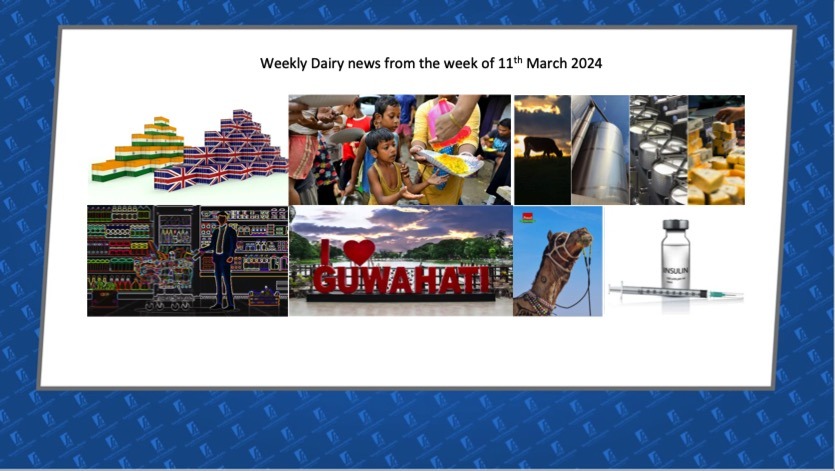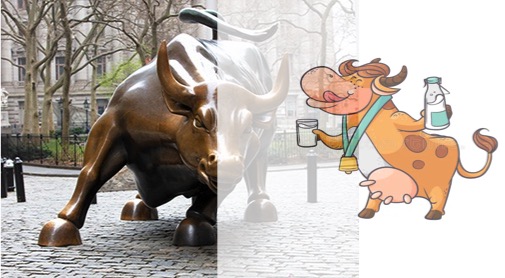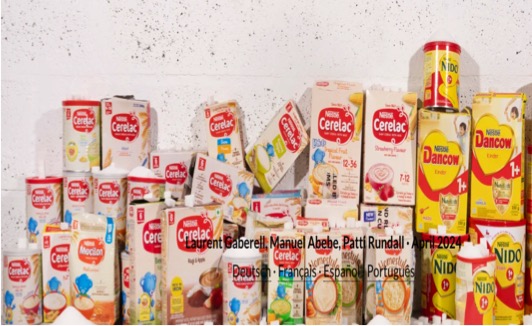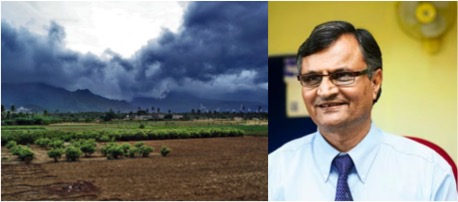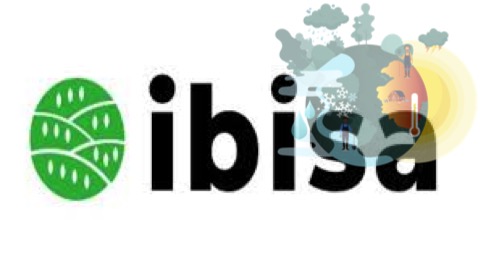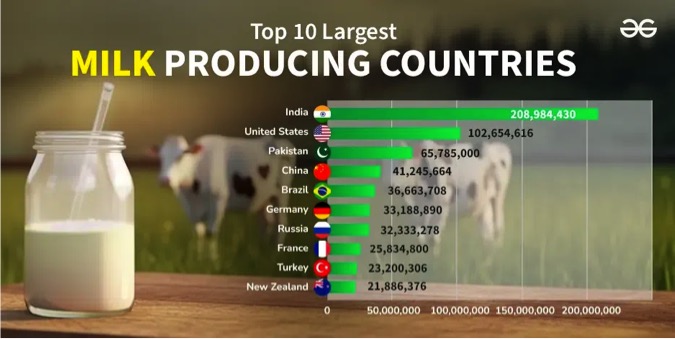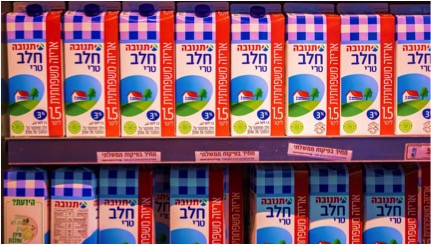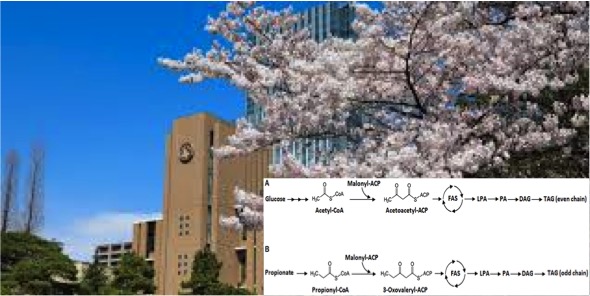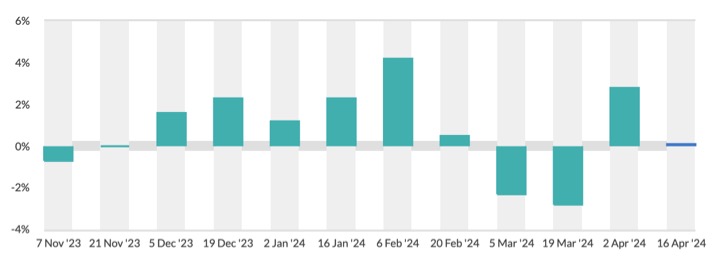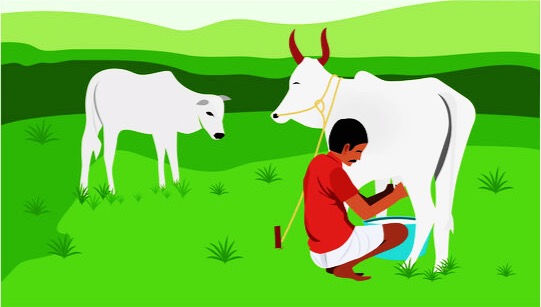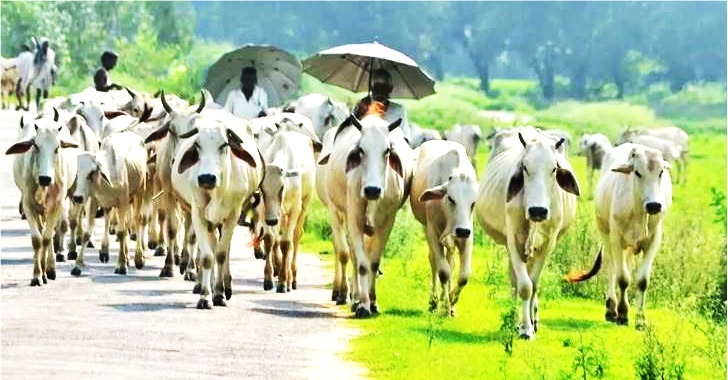Apart from the heatwave, farm incomes were hit by pests, disease and a bad sowing experience.
1. Dairy farmers had gained from increased prices but were hit by the fodder crisis.
2. Rural families coped with inflation and lower income by reducing spending on essentials and wiping off their savings to spend on essentials and white goods.
3. Non-agricultural factors like rural wage increases and government subsidies saw an uptick, with a positive effect on the rural economy.
India’s heatwave has abated but left lasting effects, especially on villages. It came in March — just when the Rabi crop was set to ripen. As a result, farm outputs were truncated by 5-10% across five states – Punjab, Uttar Pradesh, Karnataka, Maharashtra and Rajasthan.
This Rabi crop has been cursed by weather gods since the beginning as unseasonal rains had hit them hard during the sowing season.
Pest, disease and hail
“Extreme hot weather in March 2022 – highest temperature since 1901 – that is a ripening stage, led to shrivelled grain. Pests and disease also impacted yields this year,” said a report by Spark Capital.
Especially in the Northern region of Punjab, Haryana and Rajasthan, the yields of wheat and cumin seeds witnessed a sharp decline of 10-20%. Sugarcane yields too fell by 10% and so was the maize yield. Added to that, mango yields were lower by 50% in some states – eating into this premium crop earnings that many farmers bank on.
Farmers of onions and grapes where the yield was good, were hit by low prices. Dairy farmers may look better in comparison as their prices rose, but they took home less of it as the fodder crisis hit them hard.
A bumper crop ahead?
In spite of a bad season, it looks like farmers are setting themselves for another round of good sowing season – with record fertilizer purchases in April this year – aided by good monsoon predictions and good water levels at reservoirs.
This time around, they might get paid better too as the government has increased the minimum support prices (MSP) for the Kharif crop by 6.1% – the best hike in the last four years.
“We calculate the net farm income to go up by 19% in FY23 versus a decline of 2.6% in FY22 (estimates),” the Spark Capital report said. This will cushion the effect of an 8-10% hike in input prices like diesel costs, seed and fertilizer prices and labour costs.
An increase in rural wages also helps improve the rural economy. Also, there has been an uptick in domestic remittances – as more migrant workers are sending more back to their homes.
The land prices jumped by 15-20% in rural areas and nearby cities in two years, across India. “People want to own a house rather than living in a rented place post the pandemic. People, who are living in cities and other countries, are purchasing land/houses, post the pandemic, which has increased the prices,” the report surmised.
Biscuits are out but TVs are in
The pandemic has changed the purchase patterns of villagers but their purchasing power has remained intact according to Spark Capital’s ground report. In fact, their frugality is reflected in decreased consumption of packaged items. However, at the same time demand for durable goods had increased.
For example, with rising labour costs, most farmers are going in for mechanization and buying tractors, while food consumption as a theme shifted to staples. “People have reduced consumption to only necessity and down trading to cheaper FMCG products or reducing the quantity,” the report said.
The rural inflation is higher than it is in urban areas, due to a higher food mix, and the biggest hit was taken by FMCG players whose biscuit and other sales fell in the last few months.
However, government subsidies and their increased rural spending via various schemes have given a slight boost to the economy. The spending priorities of farm families are much different than urban families that are lifestyle based.
The first on the list of farm income spends is repaying dues – reflected in the improvement in debt repayment. It is followed by farm investments and when they spend, they spend on the events and white goods.
“As the activities opened after 2 years of Covid fear, people have started spending on marriage, house, ACs, 2/4 wheelers etc. though they are conscious of spending as high inflation has limited their options,” the report said. There has been an unfavourable effect of these spending patterns as well – a bad Rabi crop along with post-pandemic spending patterns have left most of rural India without any savings.
Source : Business Insider June 20th 2022 by Katya Naidu









